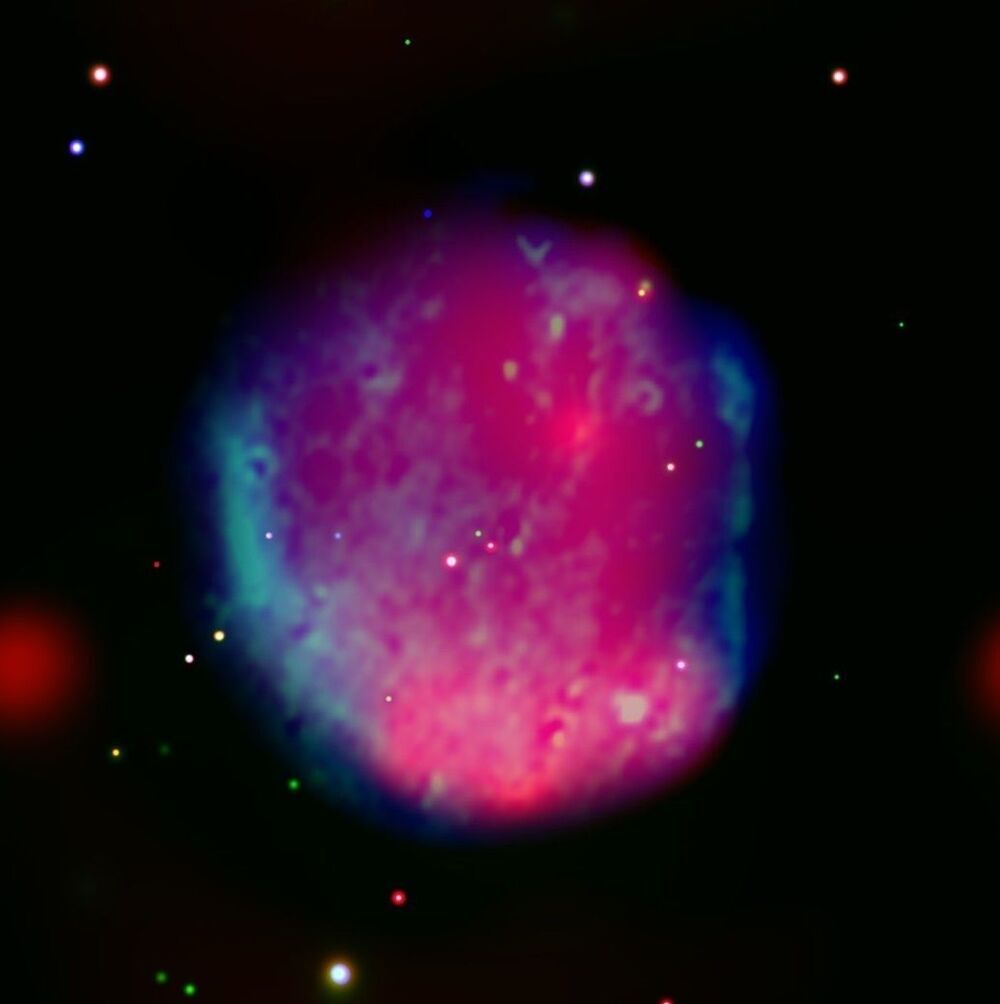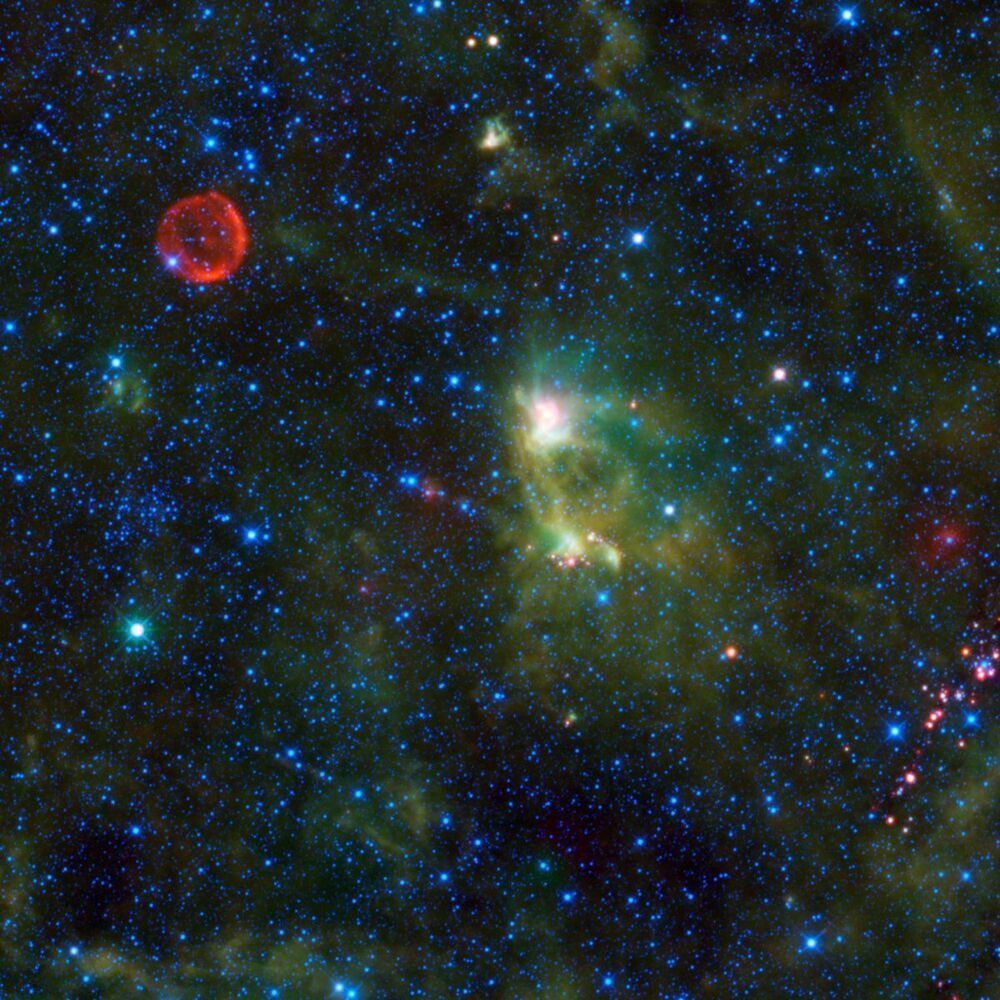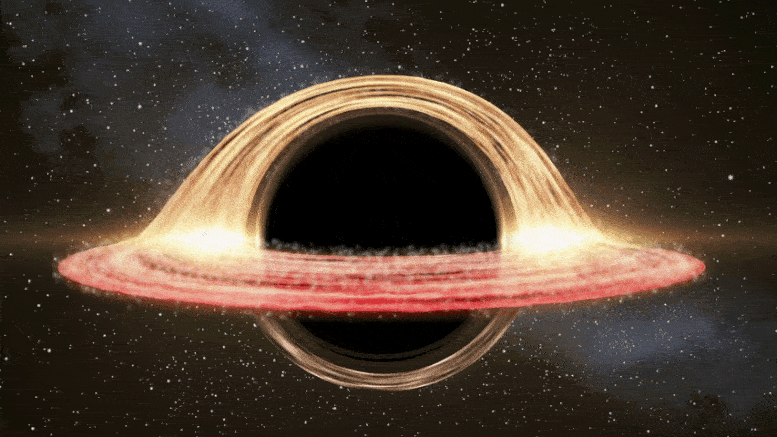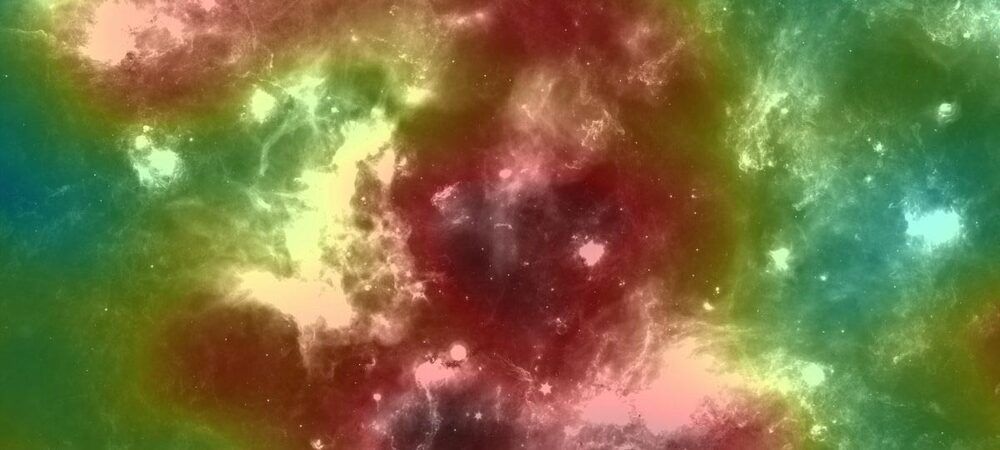
Our sky is missing supernovas. Stars live for millions or billions of years. But given the sheer number of stars in the Milky Way, we should still expect these cataclysmic stellar deaths every 30–50 years. Few of those explosions will be within naked-eye-range of Earth. Nova is from the Latin meaning “new”. Over the last 2000 years, humans have seen about seven “new” stars appear in the sky – some bright enough to be seen during the day – until they faded after the initial explosion. While we haven’t seen a new star appear in the sky for over 400 years, we can see the aftermath with telescopes – supernova remnants (SNRs) – the hot expanding gases of stellar explosions. SNRs are visible up to a 150000 years before fading into the Galaxy. So, doing the math, there should be about 1200 visible SNRs in our sky but we’ve only managed to find about 300. That was until “Hoinga” was recently discovered. Named after the hometown of first author Scientist Werner Becker, whose research team found the SNR using the eROSITA All-Sky X-ray survey, Hoinga is one of the largest SNRs ever seen.
Hoinga is big. Really big. The SNR spans 4 degrees of the sky – eight times wider than the Full Moon. The obvious question – how could astronomers not have already found something THAT enormous? Hoinga is not where we typically are looking for supernova. Most of our SNR searches are focused on the plane of the Galaxy toward the Milky Way’s core where we’d expect to find the densest concentration of older and exploded stars. But Hoinga was found at high latitudes off the plane of the Galaxy.
Furthermore, Hoinga hides in the sky because it’s so large. At this scale, the SNR is difficult to distinguish from other large structures of dust and gas that make up the Galaxy known as the “Galactic Cirrus.” It’s like trying to see an individual cloud in an overcast sky. The Galactic Cirrus also outshines Hoinga in radio light, often used to search for SNRs, forcing Hoinga to hide in the background. Cross referencing with older radio sky surveys, the research team determined Hoinga had been observed before but was never identified as an SNR due to its comparatively faint glow in radio. Here eROSITA has an advantage as it sees X-rays. Hoinga shines brighter in X-ray light than the Galactic Cirrus allowing it to stand out from the Galaxy to be discovered.
















